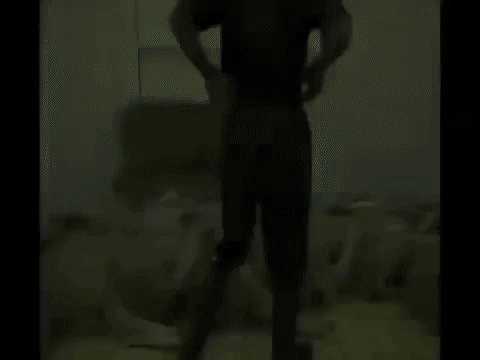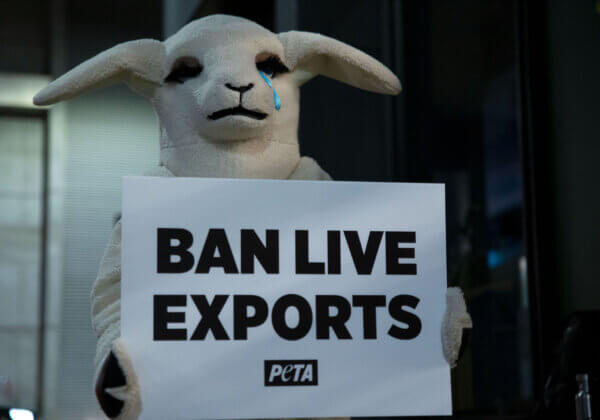5 Lies You’ve Been Told About Lambs

LIE 1: Australian lambs are well cared for.
The Australian sheep and lamb industry slaughters more than 30 million animals each year, but an additional 10 to 15 million lambs die – shivering and hungry – in icy winter fields.
Many sheep on farms are forcibly impregnated so that they give birth during the winter months and their babies can be weaned in the spring when the fields are the most fertile. Meanwhile, farmers have also selectively bred sheep over time in order to increase instances of multiple births.
Because of this combination, many lambs are simply born too small and weak to survive the chilly temperatures and are abandoned, while others are orphaned when their mums die after being sick or don’t survive the birth. Ewes carrying twins or multiple babies can develop pregnancy toxaemia, also known as “lambing sickness” or “twin lamb disease”.
The industry estimates that one quarter of lambs born in Australia – up to 15 million– die from exposure or malnutrition or are killed by predators within 48 hours of birth.
LIE 2: Lambs are slaughtered humanely. They never see it coming.
Recently leaked CCTV footage from Gathercole’s Carrum Downs abattoir, south-east of Melbourne, proves that what happens inside such facilities is anything but humane.
The footage shows gentle sheep being punched and roughly handled before their throats were slit while they were still fully conscious. Workers sometimes cut through sheep’s necks entirely, throwing around their bleeding, severed heads or drop-kicking them like footballs. Sheep were dragged through blood and left to endure slow, lingering deaths in front of other frightened members of their flock.
Gathercole is one of the largest suppliers of animal flesh in Australia.

LIE 3: Australian sheep live happy lives.
You’re thinking lambs hopping around in green pastures, right? Think again.
Life for lambs in Australia might sometimes start out that way, but every year, around 1.8 million sheep bred for meat and wool end up on live-export ships heading to the Middle East.
The latest heartbreaking exposé of this industry by our friends at Animals Australia shows the horrifying conditions endured by sheep on board these ships. Often being shipped for weeks on end in the searing heat, many animals die from dehydration, starvation, or disease, whereas others are trampled to death.
Those who survive the journey are often subjected to abuse and methods of slaughter that would be illegal in Australia. Investigators have seen animals being roughly dragged from ships and thrown into trucks and cars, and most often, their throats are slit while they’re still conscious.

LIE 4: Lamb flesh is healthy for you.
Lamb flesh is considered a red meat, so it’s been classified as a probable carcinogen by the World Health Organisation, meaning there’s evidence for a positive correlation between eating red meat and developing colorectal cancer.
Meanwhile, there’s no shortage of studies demonstrating the link between eating fatty animal flesh and an increased risk of developing heart disease and diabetes.
On the other hand, eating vegan foods such as whole grains, beans, fruits, and vegetables can actually help stave off and even combat those diseases.
Where do vegans get their protein?
LIE 5: It’s an Australian tradition to eat lamb.
Meat & Livestock Australia first began promoting lamb as the meat of choice on Australia Day in 2005, and since then, the nation has been inundated with annual advertisements encouraging consumers to eat these playful, curious, and sensitive babies on 26 January.
It’s much less about tradition and much more about a cruel industry trying to protect its bottom line.
It’s so easy to find delicious flesh-free foods to put on your barbie on Australia Day or any other time. Let 2021 be the year in which you choose compassion and keep your mates off your plate.
I Want a Free Vegan Starter Kit Now






